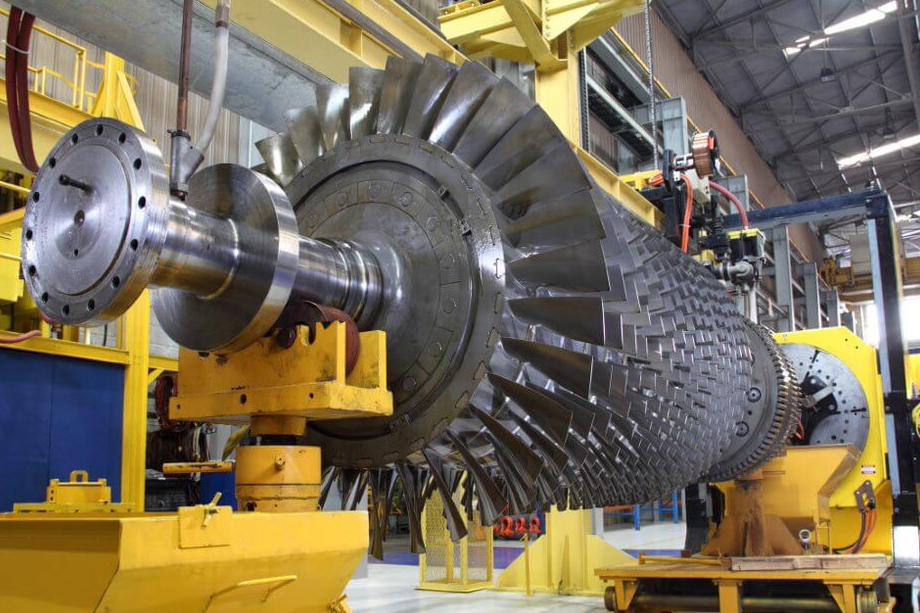Difference between 3D printed superalloy parts and traditionally manufactured superalloy parts?
Difference Between 3D Printed Superalloy Parts and Traditionally Manufactured Superalloy Parts
1. Design Complexity and Geometry
3D Printed Superalloy Parts: Enable complex geometries such as lattice structures, internal cooling channels, and weight-reducing cutouts—impossible or cost-prohibitive via casting or machining. These features are commonly applied in aerospace turbine blades and energy heat exchanger components produced using Powder Bed Fusion.
Traditionally Manufactured Parts: Require molds, dies, or multiple machining setups, limiting geometric complexity. Conformal cooling or internal cavities are challenging and often require assembly of multiple components.
2. Material Properties and Microstructure
3D Printed Superalloy Parts: Feature fine, directional microstructures due to rapid solidification. While this offers high tensile strength and hardness, it may also introduce anisotropy and residual stresses. Heat treatment and HIP are typically required to refine grain structure and improve ductility and fatigue resistance.
Traditional Parts: Casting and forging produce isotropic microstructures with predictable mechanical behavior. While slower cooling can lead to coarser grains, post-processing methods are well-established for mechanical property enhancement.
3. Mechanical Performance and Fatigue Life
3D Printed Superalloy Parts: Achieve comparable or superior strength-to-weight ratios, especially when combined with heat treatment. However, without proper post-processing, surface roughness and internal porosity can negatively affect fatigue life.
Traditional Parts: Offer consistent performance across batch production. Fatigue life is generally more predictable but may require more material to achieve similar performance due to geometric constraints.
4. Lead Time and Cost Efficiency (Low Volume)
3D Printed Superalloy Parts: Ideal for low-volume manufacturing and prototyping—no tooling required, reducing lead time by 50–70% compared to casting or forging. This benefits industries needing short-run or on-demand parts, such as defense and medical.
Traditional Parts: Cost-effective for large-volume production due to amortized tooling costs but require long lead times for mold or die development.
5. Surface Finish and Post-Processing Needs
3D Printed Superalloy Parts: Often require CNC machining, electropolishing, or coating to achieve desired surface finish. Ra values typically range from 8–15 µm as-printed.
Traditional Parts: Machined surfaces generally achieve finer finishes without additional polishing, though surface coatings may still be required for corrosion or wear resistance.
Summary Table: Key Differences
Feature | 3D Printed Superalloy Parts | Traditionally Manufactured Superalloy Parts |
|---|---|---|
Geometry | Complex, internal features achievable | Limited; often requires multiple components |
Tooling Requirement | None | High (dies, molds) |
Lead Time | Short (no tooling setup) | Long (tooling and setup required) |
Microstructure | Fine, anisotropic (requires post-treatment) | Coarse, isotropic |
Surface Finish (As-Built) | Rough (Ra 8–15 µm), requires post-processing | Smoother, less post-processing needed |
Best Use Case | Prototypes, low-volume, high-complexity parts | Mass production, simple or robust geometries |
Recommended Services for Superalloy Manufacturing
Superalloy 3D Printing: For optimized complex geometries
Heat Treatment: For grain refinement and strength tuning
Hot Isostatic Pressing (HIP): For porosity removal and fatigue life enhancement
CNC Machining: For final precision finishing
Surface Treatment: For enhanced durability and corrosion resistance



